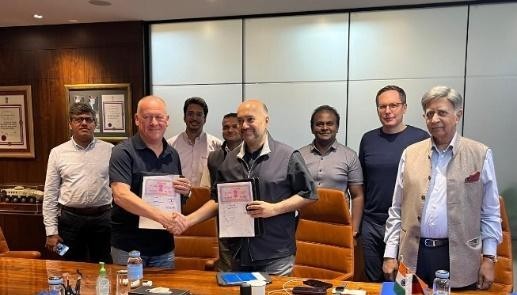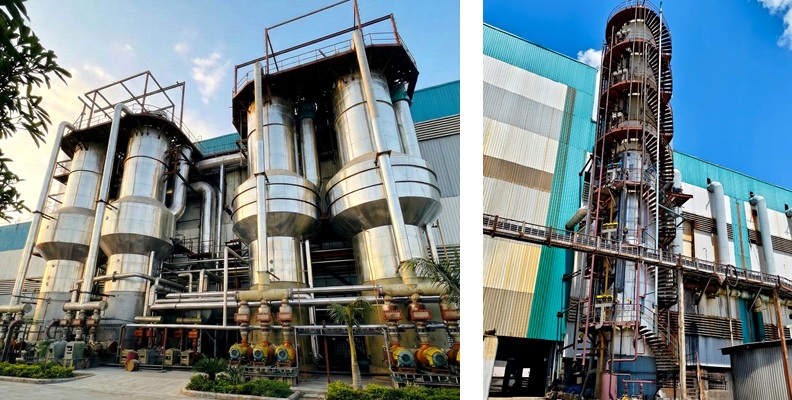Schedule a Call Back
Towards building a sustainable economy with the ‘Triple Supply Chain’
 Articles
Articles- Nov 24,23
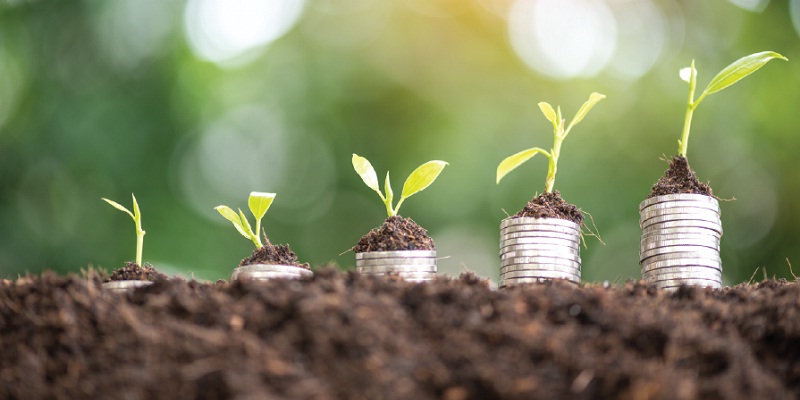
Related Stories
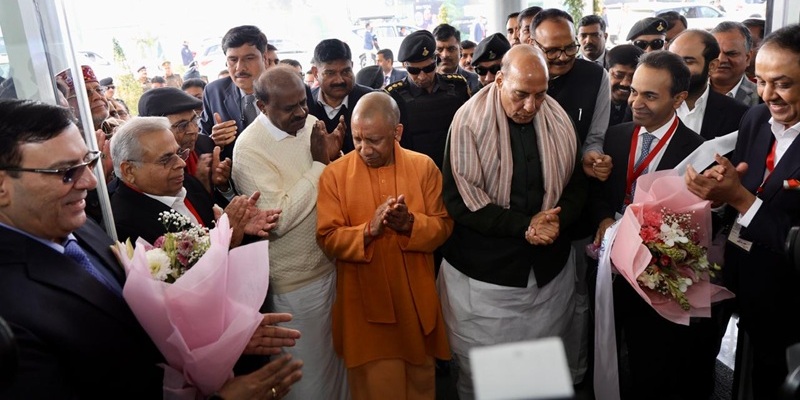
Ashok Leyland opens green mobility-focused greenfield plant in Uttar Pradesh
Designed primarily for electric vehicle manufacturing, the plant has an annual production capacity of up to 5,000 vehicles.
Read more
How is AI shaping the future of cement milling?
AI is transforming cement milling by enabling dynamic, data-driven control that improves energy efficiency, stabilises throughput and enhances asset reliability. By leveraging real-time data, predic..
Read more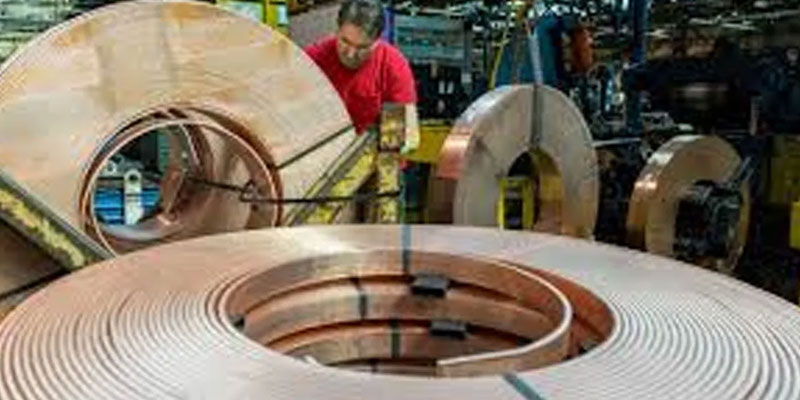
Copper Prices Hit Record Above $13,000 per Tonne
Supply fears and AI-led demand drive sharp rally
Read more




